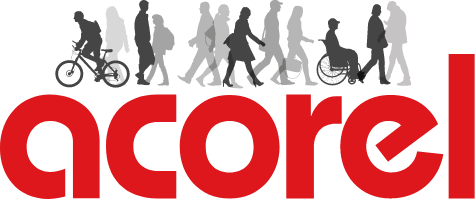Public transport: how to manage the health crisis?
At the beginning of 2022, the health situation and the recent governmental directives related to the reinforcement of teleworking are once again impacting the transport networks, which have not been spared by this crisis over the last two years.
According to the 2021 Mobility Observatory, a total loss of revenue of €2.3 billion and a 13% drop in public transport use (compared to 2019) are estimated in France.

Networks will therefore have to step up their efforts and invest to attract users, optimise their operating costs and adapt to new health regulations.
To meet these new economic, health and user comfort challenges, real-time occupancy rate information in public transport, both on-board and on the ground, is essential.
The collection of this precise data in real time is made possible thanks to the acquisition of automatic people counting systems via 3D stereoscopic sensors installed in vehicles such as buses, tramways and metros. Acorel is an expert in these solutions and equips some of the largest transport networks in France and abroad. In times of health crisis, the implementation of these systems is a priority in order to optimize the transport network and offer users a comfortable service.
Obtaining reliable passenger data via these solutions is a real advantage in satisfying the organising authority, which can then analyse the flow of people and adjust the offer to demand. Especially since the random use of public transport due to the increase in telecommuting and new waves of contamination is one of the new issues that transport operators must face.
Ridership on public transport
Displaying the occupancy rate per bus or train is also necessary to reassure users about the frequency of use of the vehicle they wish to board. According to the Observatoire de la mobilités 2021, 32% of people who say they use public transport less often than before the health crisis fear contamination when using it.
When a fleet is equipped with an automatic people counting system, the operator can locate vehicles and identify peak loads in order to limit the number of people on board. A user, via passenger information screens or mobile applications, can, for example, be informed of the occupancy rate of the next tram and decide not to hurry if he or she can catch the next one. All of this data is available in real time and can be used to improve the user experience, particularly in a context of health concerns.

The health crisis has created new challenges and needs for both operators and users of public transport. Automatic passenger counting solutions can therefore play an important role in enabling transport networks to adapt to this new context and allow everyone to travel every day with confidence.
For more information click here
